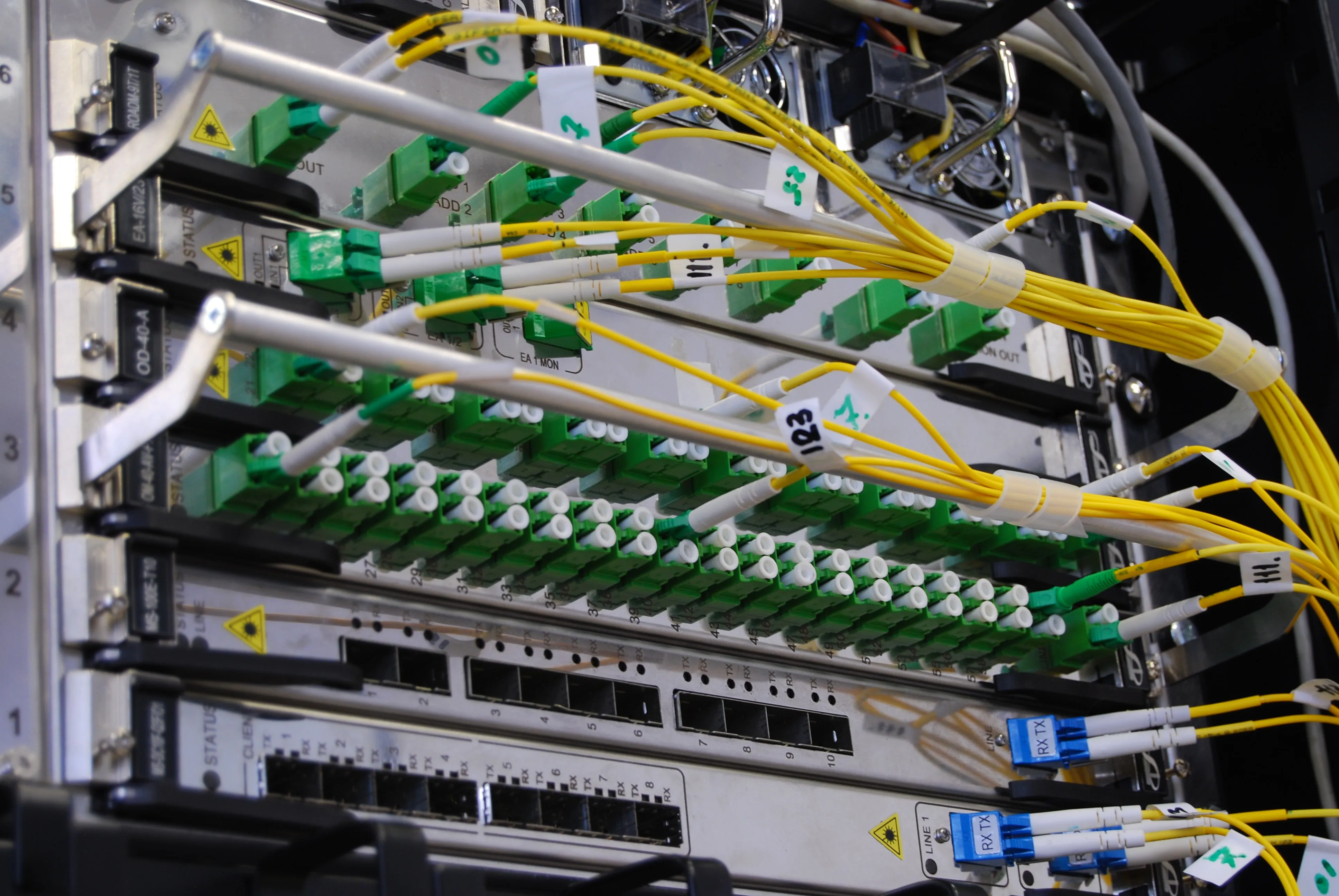Types of Internet Connectivity between Service Providers.

A childs curisoity.
I was recently asked a quite wide question by a young person, which was “how does the internet work”. Now while I might be in a better position to answer that question than most, I’m certainly not able to give every single detail or every single part of this process.
While I managed to answer the childs questions and left them with places to go to find out even more, it ended up with an interesting question from the young persons father, that was a bit more focused and the kind of thing I could answer in a few minuites. It also made me realise it is perfect to write a blog about.
What question I will answer.
There is no central internet company or organisation. The internet is a truely distributed and cooperative organisation. It emerges as an entity from the behaviours of many actors. The question I will answer in this blog is what rules can you apply to group these types of entities into groups based on the relationships they have with each other. I will start from the smallest and simplest entities and move up to the more complex ones.
The End User
The end user is exactly as the name describes. The end user might be a true individual who purchases internet access from a cable provider, or DSL provider for a home. They might be an individual with a mobile phone. They might even be a small buisness which is purchasing internet access for a shop or office. Although the detail of how an ISP provides these services will vary based on the country they operate in and the technologies they use to deliver, one thing will remain in common. A customer in this type of end user deal will expect one thing. When they send a IP packet to the ISP, they expect the ISP to deliver it to anywhere in the world.